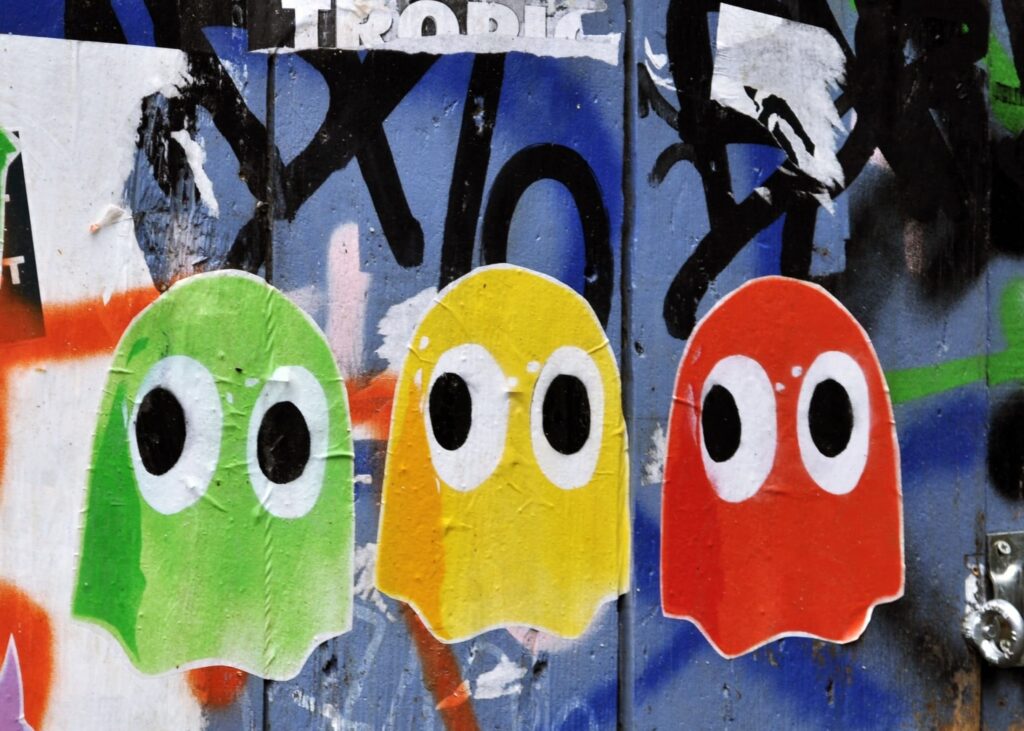Whirlwinds of emotions, impulsivity and the teenage brain. How does all of this play into the juvenile justice system?
ThreeSixty Journalism collaborates with the Center for Prevention at Blue Cross and Blue Shield of Minnesota to examine racism as a public health crisis with the next generation of reporters during 2021 TV Broadcast Camp..
“ “We’re hoping to keep young people closer to home and in situations that are more appropriate,” “
Adolescence is a time of change – going through puberty, making new friends and building neural pathways. Sometimes, all of these changing factors lead to young people making poor decisions and ending up in the juvenile justice system.
Lexi Prahl Martin, a Transition Age Youth coordinator for Hennepin County, is working to change the juvenile justice system. The county is pioneering an approach that includes making expungement easier, creating a transition-age probation unit and closing the County Home School, a long-term confinement center.
“We don’t need young people to be detained. Because of that we are closing that facility. It’s life changing for the young person and for the community members that are around them,” Prahl Martin said about incarcerating young people.
Prahl Martin and other Transition Age Youth coordinators focus on the well-being of youth in the county. They work to keep young people in their homes, and if the conditions do not meet the young person’s needs, they try to network in the family to find a suitable home.
“We’re hoping to keep young people closer to home and in situations that are more appropriate,” Prahl Martin said.
According to the National Academies of Sciences, Engineering, and Medicine, adolescent brains are still developing, thus adolescents should be treated accordingly.
One of the plans the Transition Age team is working toward is a developmentally appropriate justice system, with “increased family engagement and greater attention to procedural fairness, including interactions with police, legal representation for youth, and reduced use of juvenile fines and fees.”
Hennepin County is following some of NASEM’s recommendations. Part of Prahl Martin’s focus in this area is the county’s Transition Age probation unit, which works to create an environment where young people can thrive and learn from their mistakes. Currently, Hennepin County District Court is working to make expungement, or the removal of one’s criminal records, easier.
“Hennepin County has been taking steps in certain sentencing cases and in certain diversion efforts to make sure that the record is gone,” she said.
Prahl Martin notes that the benefits of expungement have opened doors for housing, education and employment.
While dealing with the consequences of one’s actions is extremely important, Hennepin County has been and continues working on initiatives to help prevent youth from entering the criminal justice system. Partnering with Allina Health, Hennepin County has implemented a program called Change to Chill in public schools.
The program focuses on creating a safe environment where young people can get the help they need. From providing rooms where young people can hang out to providing counselling, Change to Chill is providing underrepresented communities the help they often do not receive.
Godwin Kasongoma, a senior at Columbia Heights High School, said, “I didn’t really see this much devotion to mental health (at her school). I’m disappointed that they did not have this program earlier on.” Godwin is an intern with the Transition Age Youth coordinators.
Godwin noted that the COVID-19 pandemic and the Black Lives Matter movement have had a significant impact on students’ mental health, and life in general. Because of her passion in the area, Godwin joined the Student Wellness Committee at her high school, focusing on student well-being.
Prahl Martin, Godwin, and other interns and Transition Age Youth coordinators work to create a better community for young people by helping them correct their mistakes, work through their traumas and then change the course of their life. They are the future of our community.
“Young people are the heart of our community,” Prahl Martin said. “And we want to make sure our heart’s going strong.”
By Nickel Tom, 360 Journalism










